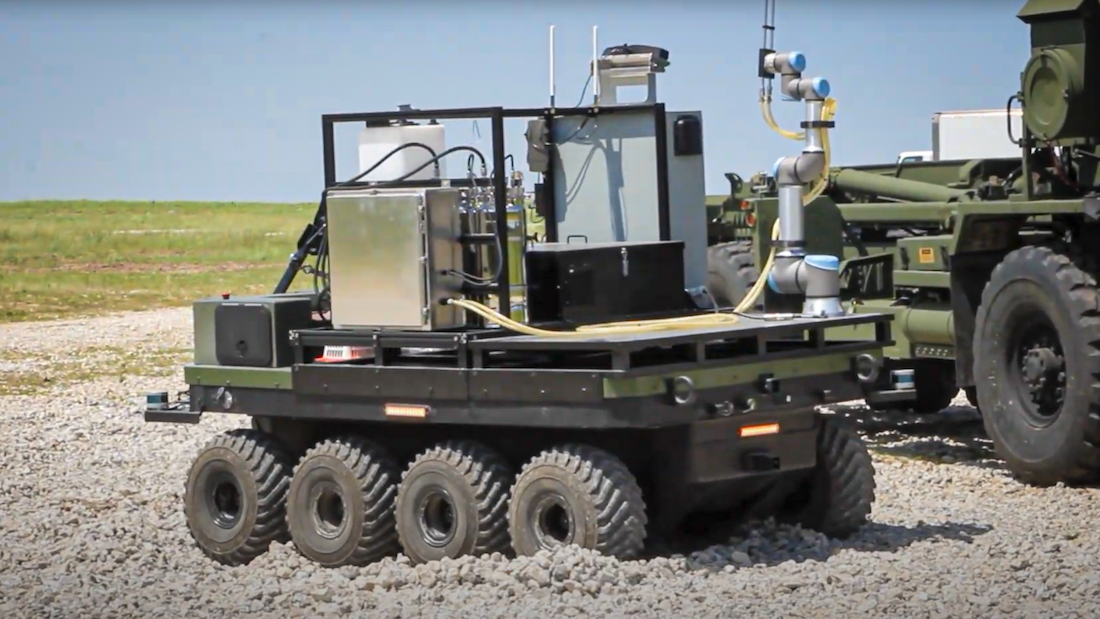US Army Introduces Cleaning Robots to Keep Soldiers Safe From Chemical and Biological Contamination

The US Army has introduced a robotic Autonomous Equipment Decontamination System that can decontaminate military vehicles exposed to chemical or biological weapons without putting soldiers at risk.
Nuclear, chemical, and biological (NBC) weapons are frightening because they are so dangerous. These weapons haven’t been used for decades by major nations, but they could be. Chemical and biological weapons have not been seen on a strategic scale since the First World War, while nuclear weapons were last used in a war in 1945.
However, these weapons still exist, so we need to be careful of the danger they present. Therefore, there are practices like anti-NBC drills, including how to decontaminate personnel, vehicles, and equipment that have been exposed to fallout or chemical and biological weapons.
It’s not an easy task as chemical and biological agents are extremely dangerous. With only a minute quantity measured in milligrams, some agents can kill a person. As a result, the decontamination procedures must be precise and thorough.
In addition, the procedures take a lot of time for the soldiers involved in the operations while wearing NBC suits, which are special overalls and masks worn over their uniforms. Although these are designed for soldiers to wear for days if need be, it’s often as unpleasant as it sounds.
To solve the problem, the US Army Combat Capabilities Development Command Chemical Biological Center has developed a mobile robotic cleaner that does the dirty work of decontamination and keeps the soldiers out of harm’s way.
Cameras mounted on a mobile platform travel around the contaminated vehicle and identify the hot spots. Then a manipulator arm is used to dispense and wash it down with a special cleaning slurry. Using these robots not only protects the soldiers but also saves the decontaminants when they are at the front.
Last year, four soldiers from the Army’s 1st Armored Division tested the system for four days to provide feedback, improving the user interface. This included judging how to robot maneuvers around the vehicle, how to improve the controls, and how to override the robotic arm to make sure the vehicle is properly decontaminated.
The technology is promising and will continue to evolve.

 Tech Steel & Materials
Tech Steel & Materials
Comments are closed